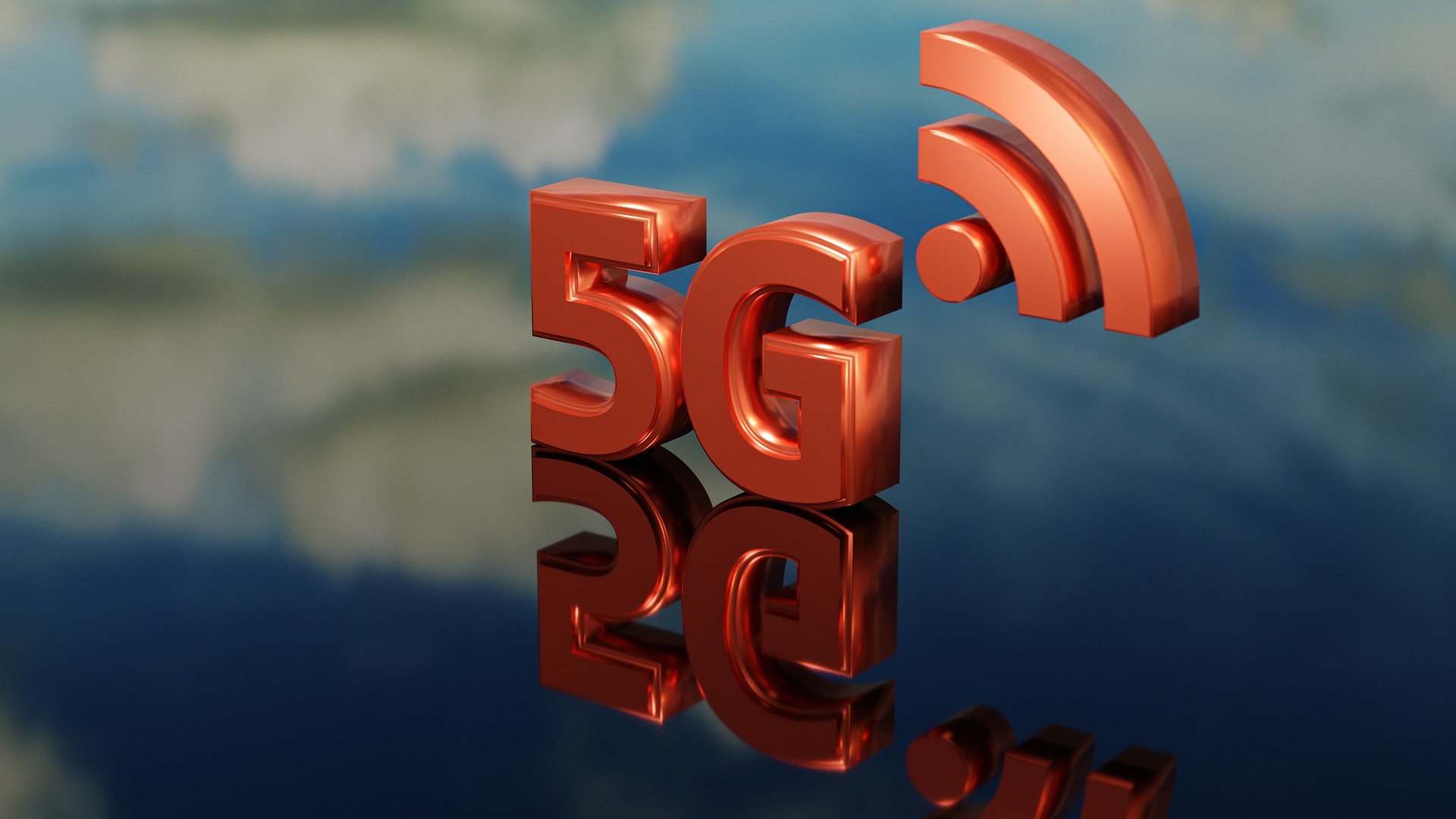Dissecting the Rise of Phygital Spaces: A Sociological Perspective
In the realm of People & Society, the emergence of 'phygital' spaces—environments that seamlessly blend the physical and the digital—is a trend that's reshaping human interactions in profound ways. Read below to delve into the sociological implications of this modern phenomenon.

The Genesis of Phygital Spaces
The concept of ‘phygital’ spaces is not entirely new. It has its roots in the early 2000s, with the advent of interactive digital technologies and augmented reality. However, it gained traction in the last decade, as technologies like virtual reality, IoT, and AI became more sophisticated and accessible. The term ‘phygital’ was coined to describe spaces where physical and digital experiences coalesce, creating a unique environment that enhances human connectivity and interaction.
Current Cultural Shifts and Trends
Today, phygital spaces are becoming a norm rather than an exception. From retail and education to entertainment and social networking, these spaces are transforming the way we live, work, learn, and connect. For instance, in the retail sector, brick-and-mortar stores are leveraging digital technologies to create immersive shopping experiences. Similarly, virtual classrooms are facilitating interactive learning experiences that transcend geographical boundaries.
The Sociological Significance of Phygital Spaces
The rise of phygital spaces has profound sociological implications. It redefines the concept of space, blurring the boundaries between the physical and the virtual, the local and the global. It also impacts social behaviors and interactions, as individuals navigate these hybrid spaces. For instance, phygital spaces foster a sense of global community, as they enable real-time interactions across different geographical locations.
The Impact on Modern Society
Phygital spaces are reshaping societal structures and dynamics. They are democratizing access to information, resources, and opportunities, thereby fostering inclusivity. They also enhance social connectivity, as individuals can interact with others irrespective of their physical location. However, they also raise concerns related to privacy, security, and digital divide, which need to be addressed to harness their potential effectively.
Looking Ahead: The Future of Phygital Spaces
As digital technologies continue to evolve, phygital spaces are likely to become more pervasive and nuanced. They hold the potential to revolutionize various sectors, from healthcare and education to tourism and real estate. However, their success hinges on creating a balance between the physical and the digital, and addressing the socio-technical challenges they pose.
In conclusion, the rise of phygital spaces is a testament to the transformative power of digital technologies. It offers a unique lens to examine the interplay between technology, society, and culture in the digital age. As we move forward, it is crucial to understand and navigate these spaces effectively, to harness their potential and mitigate their challenges.






